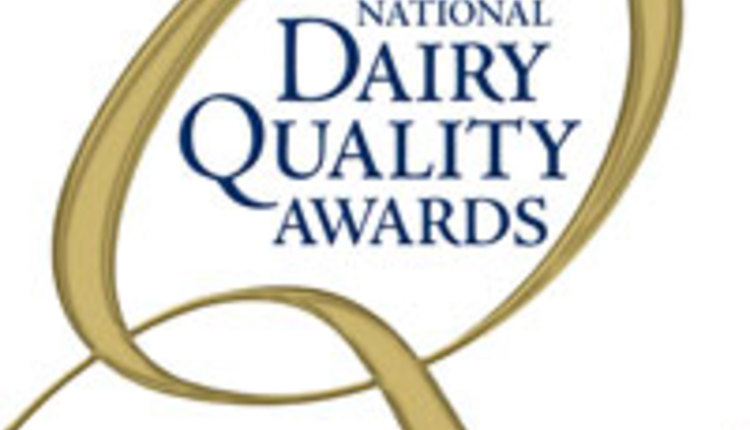
“Bovine respiratory disease (BRD) is far too common on dairies,” said Greg Edwards, managing veterinarian, Dairy Technical Services, Zoetis. “Detecting respiratory disease symptoms early in a calf’s life can help prevent chronic infections and lead to better future lifetime productivity.”
Are producers looking for the right signs to know if a calf has contracted BRD? Both the University of Wisconsin-Madison and University of California, Davis, offer scoring systems to help determine whether calves are showing clinical signs of respiratory disease, which could include:
· Eye discharge
· Nasal discharge
· Ear droop
· Head tilt
· Cough
· Increased breathing rate
· Elevated temperature
· Slow, reduced or zero milk intake during feeding
· Slow to rise at feeding time
· Slow to lie down after eating
Producers can use either the UW-Madison scoring system or UC Davis scoring system to record their calves’ symptoms on a daily basis to help determine which animals are sick. Early detection and treatment with an antibiotic approved for use in calves, such as DRAXXIN® (tulathromycin) Injectable Solution, may reduce the risk of treatment failure to help get its health back on track.
Take the opportunity to head off the disease before it affects long-term wellness by identifying animals at high risk, such as those experiencing:
- Commingling
- Weaning
- Seasonal temperature change
- Introduction to new animals
- Transportation
Research shows control of BRD during high-risk times can improve dairy heifer growth and performance.2
Vaccinate to help prevent pneumonia. The cost to raise a heifer from birth to freshening can exceed $2,000 per head.3 Does it pay to put a calf’s future at risk before she even has a chance to return her profit as a lactating cow? Producers should work with their veterinarian to set up a vaccination program for young calves. Ask him or her about introducing an intranasal vaccine, such as INFORCE™3 respiratory vaccine, that helps protect against three major viral pathogens that cause pneumonia in dairy calves — bovine respiratory syncytial virus (BRSV), infectious bovine rhinotracheitis (IBR) virus and parainfluenza 3 (PI3) virus. Vaccines are an important part of helping the immune system fight off BRD.
IMPORTANT SAFETY INFORMATION: DRAXXIN has a pre-slaughter withdrawal time of 18 days in cattle. Do not use in female dairy cattle 20 months of age or older. Do not use in animals known to be hypersensitive to the product. See full Prescribing Information.
About Zoetis
Zoetis (zô-EH-tis) is the leading animal health company, dedicated to supporting its customers and their businesses. Building on more than 60 years of experience in animal health, Zoetis discovers, develops, manufactures and markets veterinary vaccines and medicines, complemented by diagnostic products and genetic tests and supported by a range of services. Zoetis serves veterinarians, livestock producers and people who raise and care for farm and companion animals with sales of its products in more than 100 countries. In 2015, the company generated annual revenue of $4.8 billion with approximately 9,000 employees. For more information, visit www.zoetisUS.com.
1 Stanton AL, Kelton DF, LeBlanc SJ, Wormuth J, Leslie KE. The effect of respiratory disease and a preventative antibiotic treatment on growth, survival, age at first calving, and milk production of dairy heifers. J Dairy Sci. 2012:95(9):4950-4960.
2 Data on File, Study Report 09PETDRA05, Zoetis LLC.
3 Cornell University, College of Agriculture and Life Sciences. Dairy Replacement Programs: Costs & Analysis 3rd Quarter 2012. https://ecommons.cornell.edu/bitstream/handle/1813/36889/DairyReplaceCost12-3.pdf. Published February 2014. Accessed Dec. 27, 2016.

